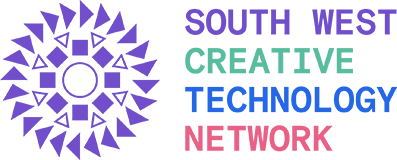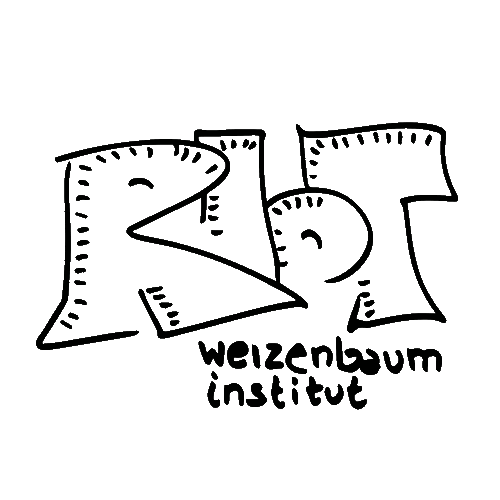At Aalto University a content team classified and linked historical data to feed a timeline based website. It tells the story of events and innovations as well as people who had great impact on Aalto an the Finnish society.
At Berlin Hyp an interdisciplinary team of subject matter experts, information architects and business analysts developed a data model of commercial real estate financing. They used this data model to build a new inhouse application by means of domain driven design.








